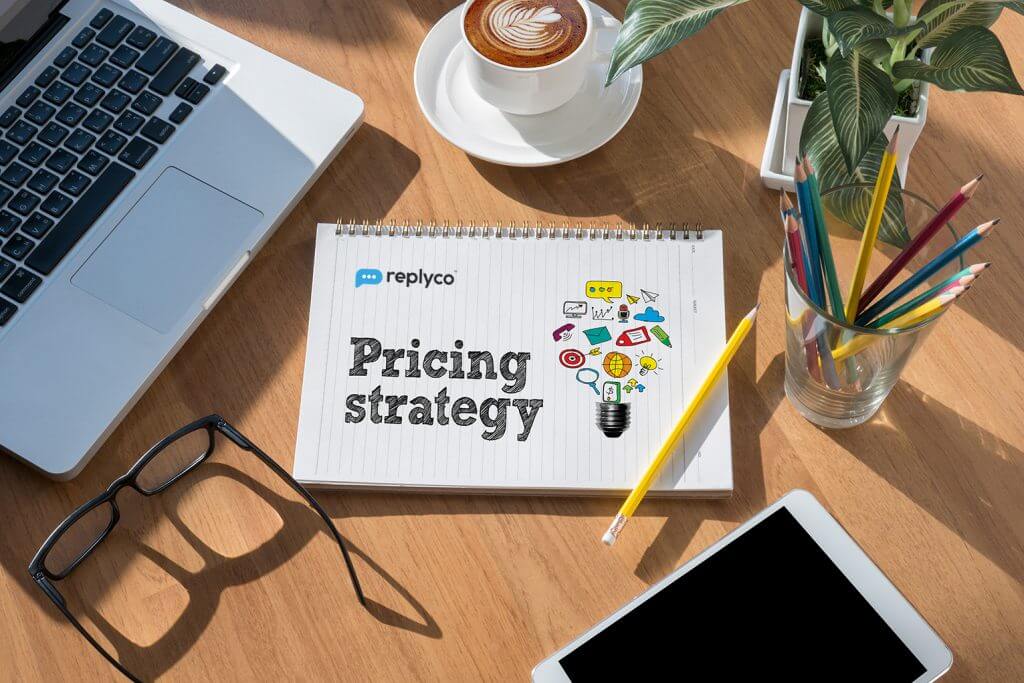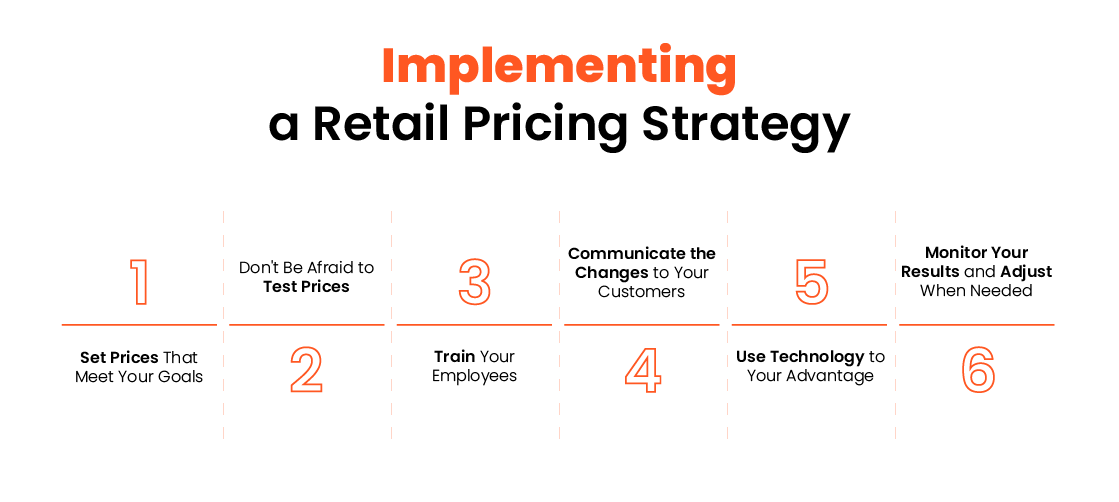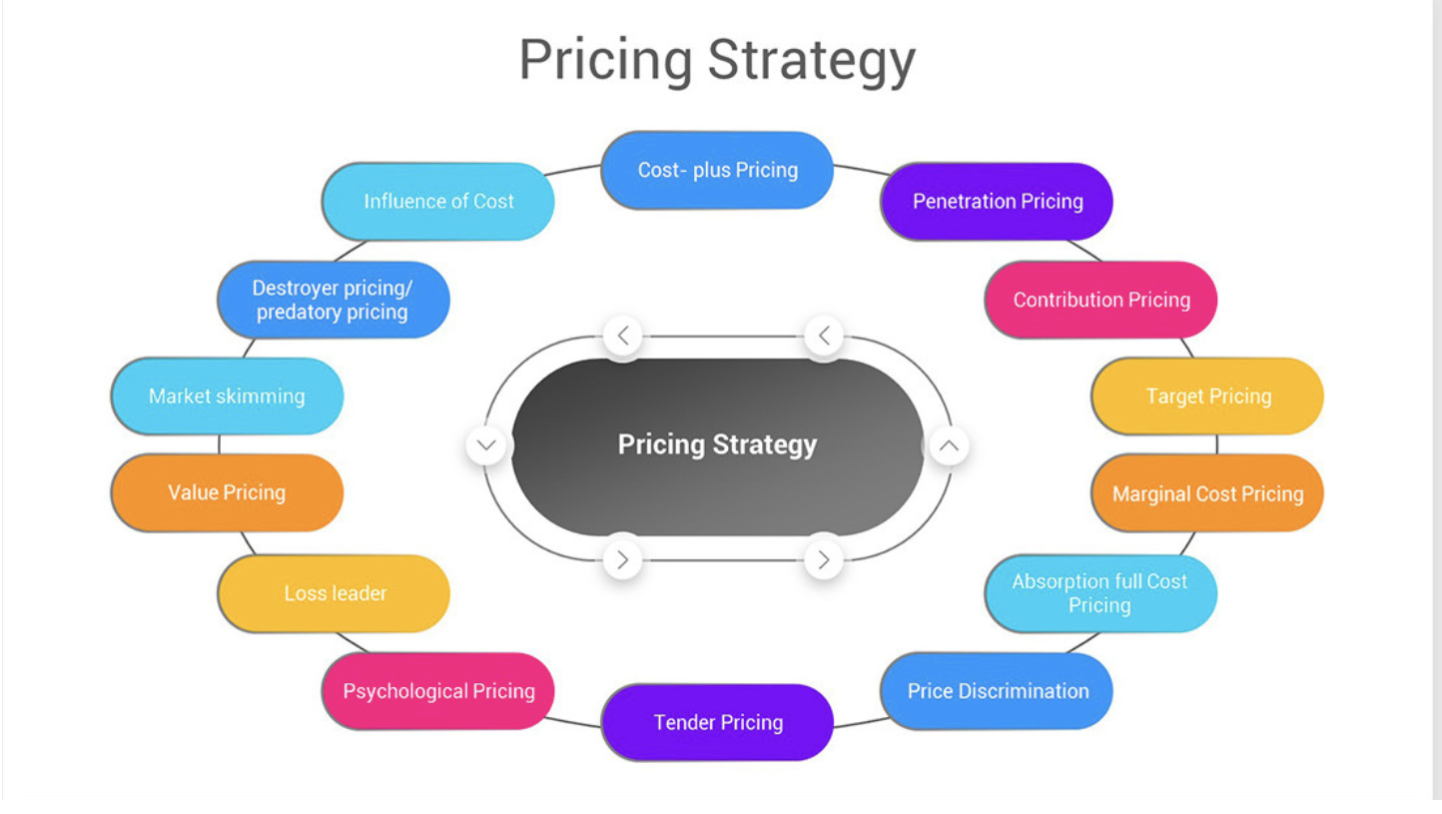
Master Effective Prices Approaches to Make The Most Of Revenue
In the ever-evolving landscape of business, mastering reliable prices techniques is crucial for services aiming to optimize earnings. A nuanced understanding of prices psychology can significantly affect client habits and getting decisions.
Understanding Prices Psychology
Understanding rates psychology is important for businesses intending to optimize their prices techniques. This area examines exactly how consumers regard costs and just how these assumptions influence their acquiring decisions. Secret concepts in pricing psychology consist of the anchoring effect, where the preliminary rate provided offers as a referral point for customers, and the concept of cost level of sensitivity, which varies amongst various customer sectors.
Additionally, businesses can take advantage of the idea of perceived worth, where the viewed advantages of a product and services can warrant a higher price factor. For example, premium prices can develop an aura of exclusivity, drawing in customers who connect greater rates with premium quality. On the various other hand, psychological prices, such as establishing a cost at $9.99 as opposed to $10, can substantially impact customer behavior by making prices appear extra appealing.
In addition, scarcity and necessity can boost the perceived value of items, triggering quicker getting choices. Understanding these psychological triggers makes it possible for businesses to create rates strategies that not just drive sales but additionally foster client loyalty. Hence, understanding rates psychology is essential for efficient prices technique formulation, bring about boosted productivity and market positioning.
Executing Value-Based Pricing

Next, segment your clients based on their desire to pay and the worth they view. By doing so, you can customize offerings and pricing approaches to line up with different sections.
Continuously keep an eye on market conditions and client feedback to improve your pricing approach over time. By carrying out value-based pricing, services can boost profitability while promoting long-lasting customer loyalty.
Exploring Dynamic Pricing Versions
In today's swiftly altering market landscape, vibrant pricing models have actually emerged as an effective strategy for organizations seeking to optimize profits and react to changes sought after. These models permit companies to adjust their costs in real-time based upon various factors such as customer actions, market fads, and supply levels. By leveraging data analytics and algorithms, organizations can determine ideal prices points that make best use of sales while remaining competitive.
Dynamic prices can take numerous types, consisting of time-based rates, where costs fluctuate based on time of day or period, and demand-based rates, which readjusts costs according to present customer need. This adaptability not just boosts productivity but also improves client contentment by providing prices that show real-time market problems.
Carrying out vibrant rates requires a durable technical framework and a deep understanding of customer sections. It is vital for services see this site to check market signals and consumer actions continually, making sure that rates strategies straighten with wider organization objectives. Clear interaction about prices modifications can help alleviate client frustration and foster trust, ultimately leading to sustained success in a competitive market. Embracing dynamic pricing can thus be a transformative approach in the quest for taking full advantage of income.
Studying Rival Rates
Keeping track of rival pricing is vital for organizations aiming to keep an one-upmanship in their respective markets. By evaluating rivals' pricing techniques, business can identify market fads, recognize customer choices, and adjust their rates accordingly. This analysis involves gathering data on competitors' rates, marketing methods, and product offerings to notify prices choices.
To successfully examine competitor pricing, organizations must utilize numerous tools and methods, such as rate tracking software program, market research reports, and customer feedback. This information can reveal how competitors position their solutions and products, permitting companies to distinguish their offerings or embrace comparable approaches to stay pertinent.
In addition, it is important to classify competitors into straight and indirect rivals. Straight rivals provide comparable items or solutions, while indirect rivals may satisfy the very same customer need with different services. Recognizing the nuances in between these teams will allow organizations to customize their rates methods more properly.
Inevitably, you can try these out continuous competitor rates evaluation is essential for making educated prices decisions. It permits services to stay agile in action to market changes, guaranteeing they can take opportunities and minimize threats connected with pricing methods.
Assessing Prices Efficiency
Comprehending how competitor rates affects market dynamics leads to an all-natural focus on reviewing prices performance within one's own company. This assessment is crucial for recognizing areas of This Site strength and chances for enhancement, ultimately enhancing earnings.

Furthermore, conducting routine prices audits can disclose disparities in between expected and actual efficiency. This involves contrasting rates data across various sectors and networks to recognize variances and identify patterns. Additionally, incorporating consumer responses can provide insights into regarded value versus real prices, ensuring placement with market assumptions.
Last but not least, leveraging information analytics devices can promote much deeper insights right into rates efficiency, making it possible for services to make data-driven changes (Pricing Strategy). By continuously reviewing pricing performance, companies can adapt to market adjustments and maximize their approaches, ensuring sustained earnings in an affordable landscape
Conclusion
By leveraging prices psychology, services can enhance viewed value and dressmaker prices to diverse client sections. The fostering of dynamic and value-based pricing designs helps with real-time changes based on demand and customer willingness to pay.
Recognizing prices psychology is crucial for businesses intending to enhance their prices strategies. Recognizing these mental triggers makes it possible for services to develop rates techniques that not just drive sales but also foster client loyalty. Therefore, understanding rates psychology is important for efficient rates strategy formula, leading to boosted profitability and market positioning.
By examining rivals' prices strategies, companies can recognize market patterns, recognize customer preferences, and readjust their pricing accordingly. By leveraging prices psychology, companies can boost perceived worth and tailor rates to diverse consumer sections.
Comments on “Understanding Consumer Actions and Its Impact on Your Pricing Strategy”